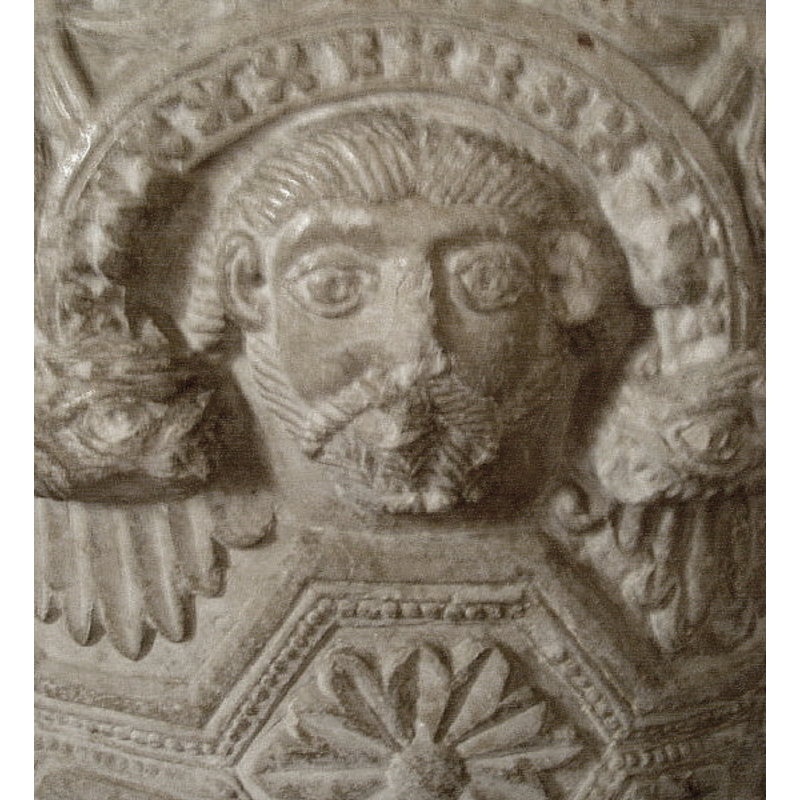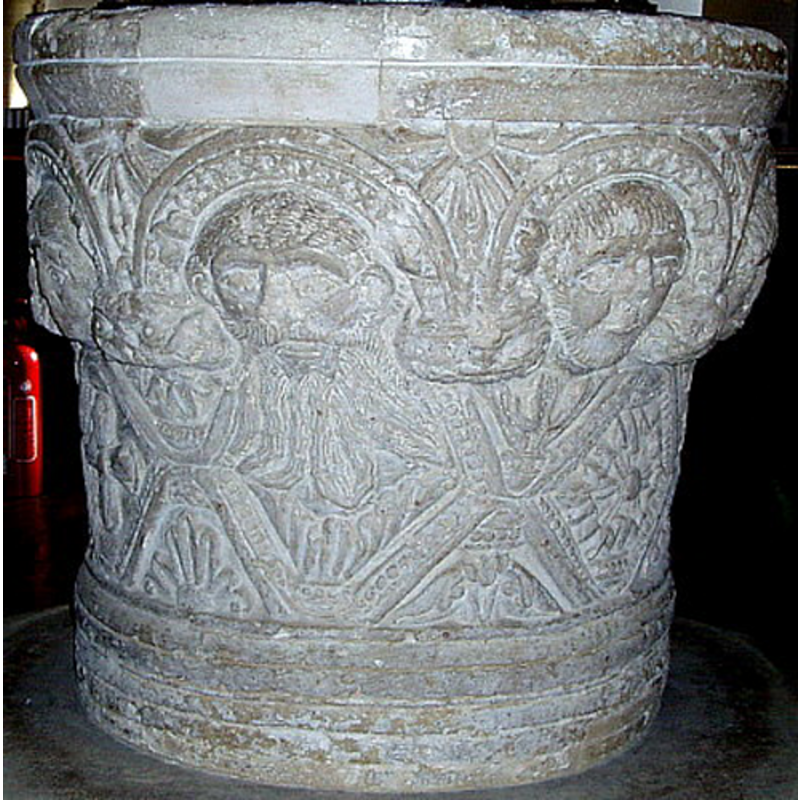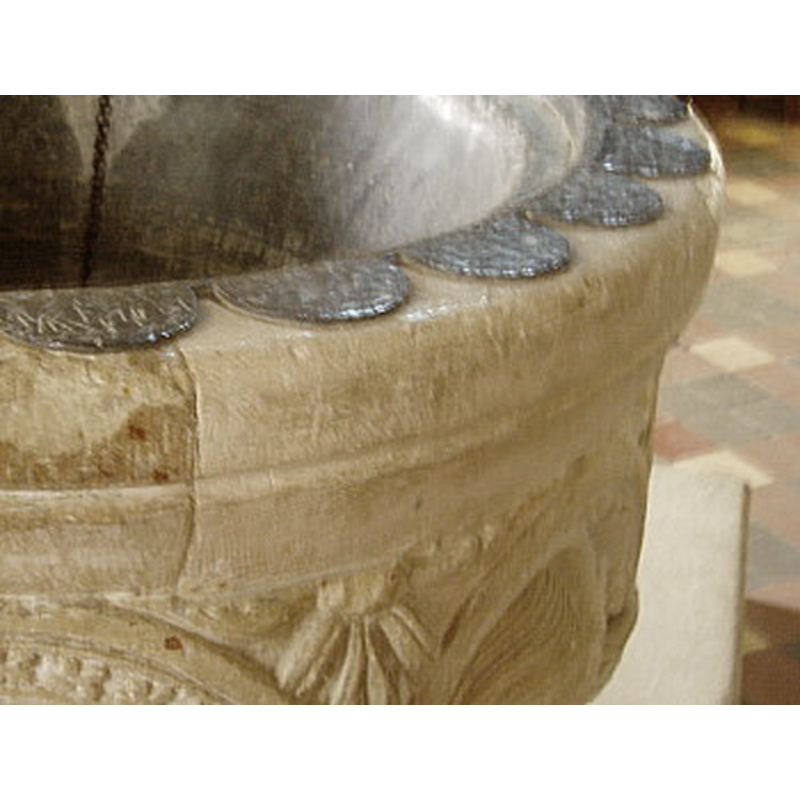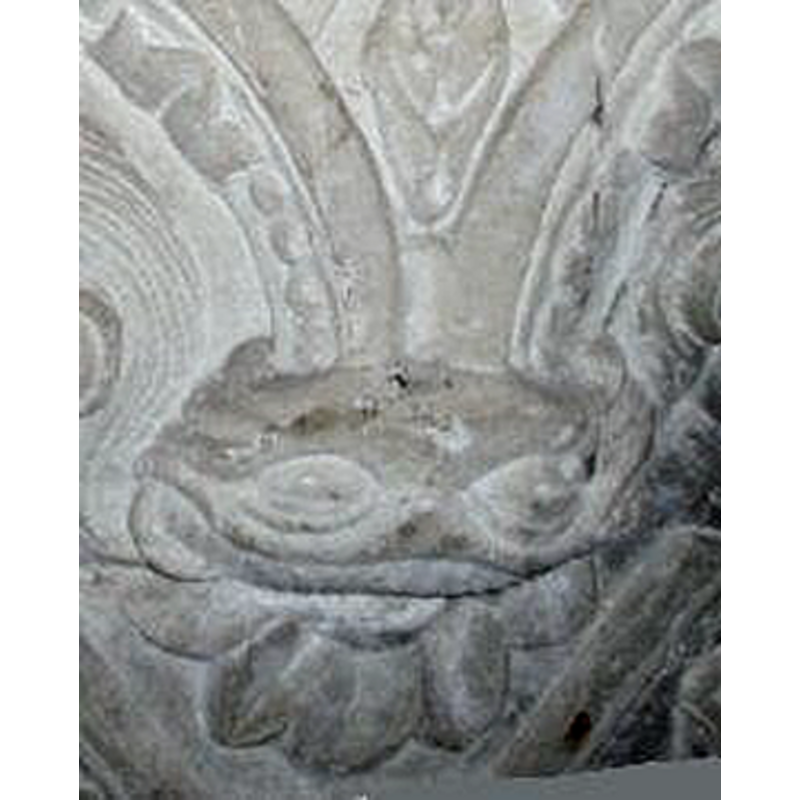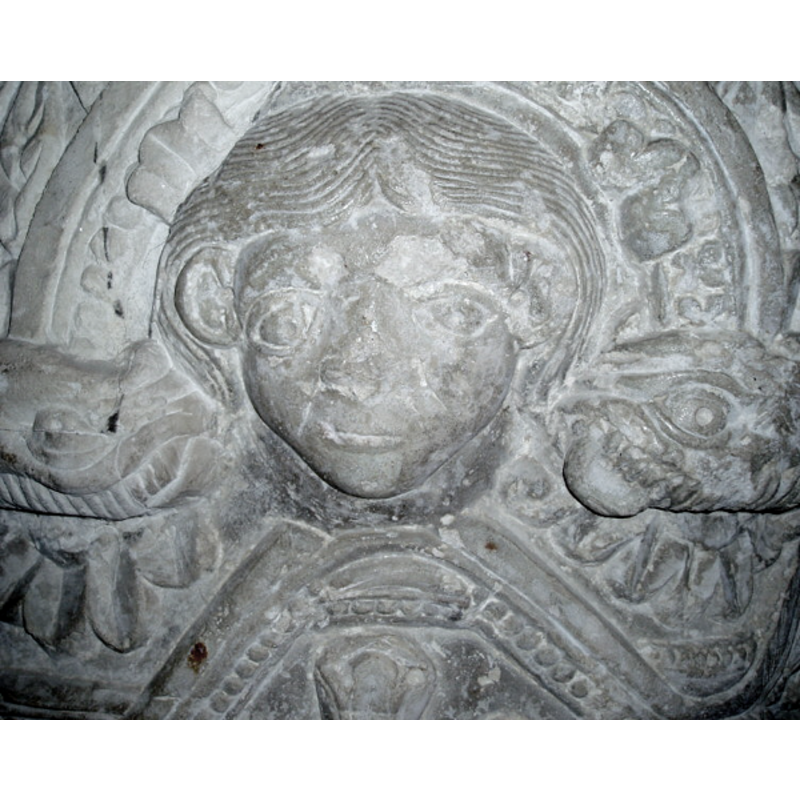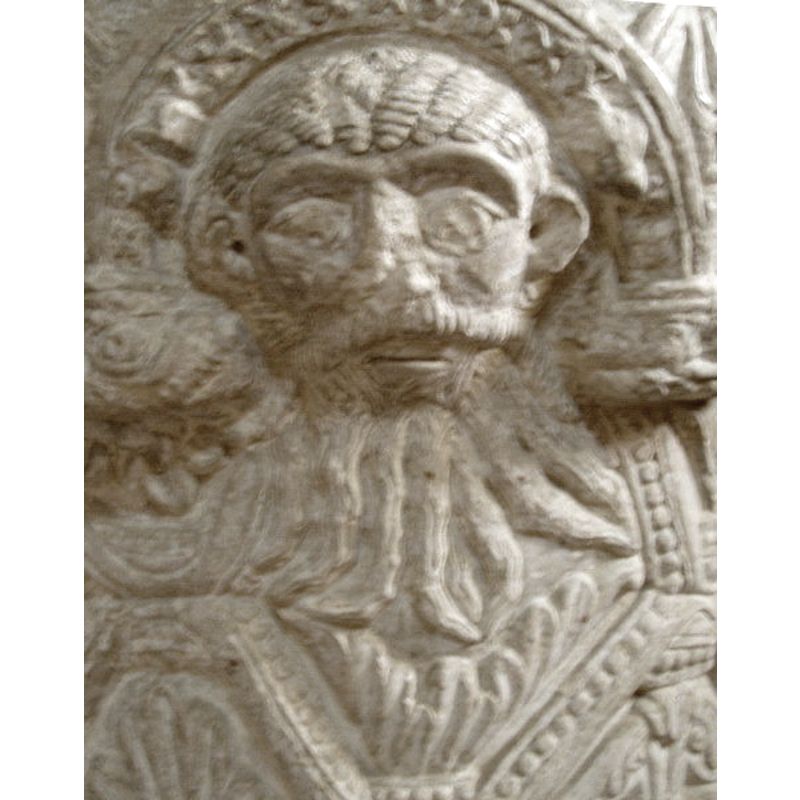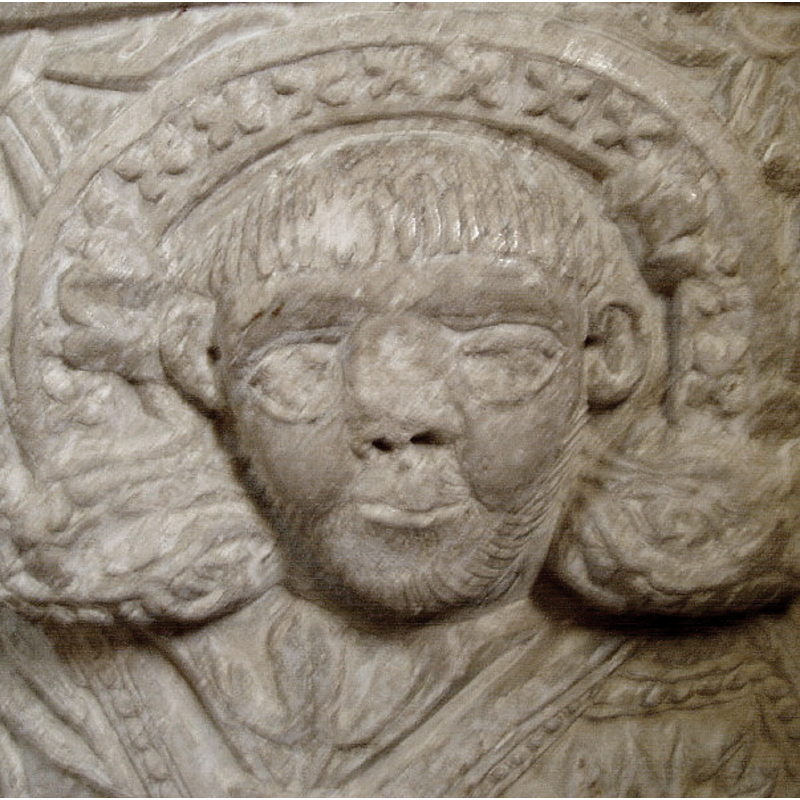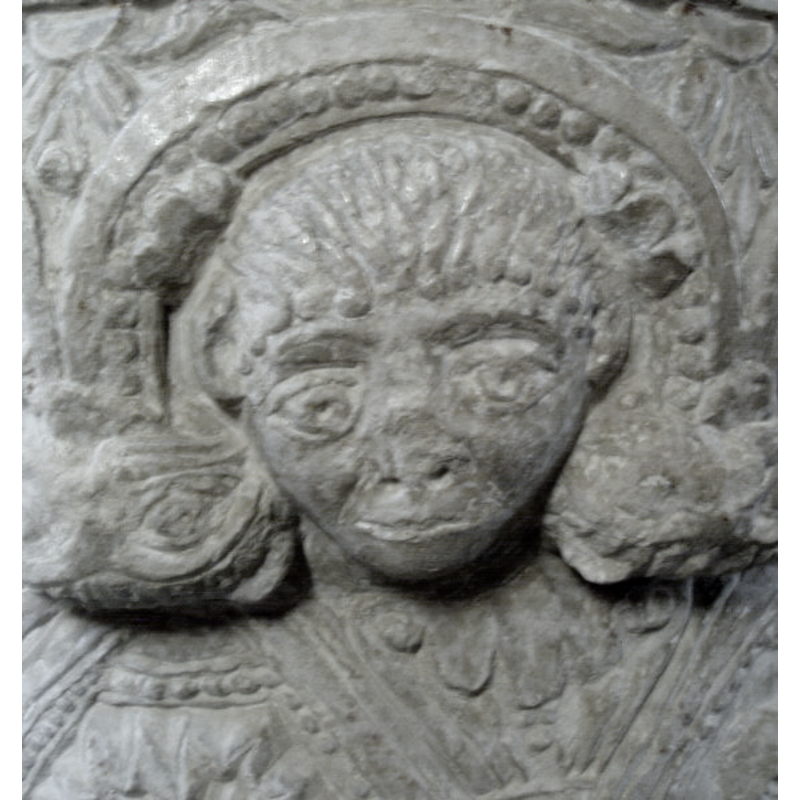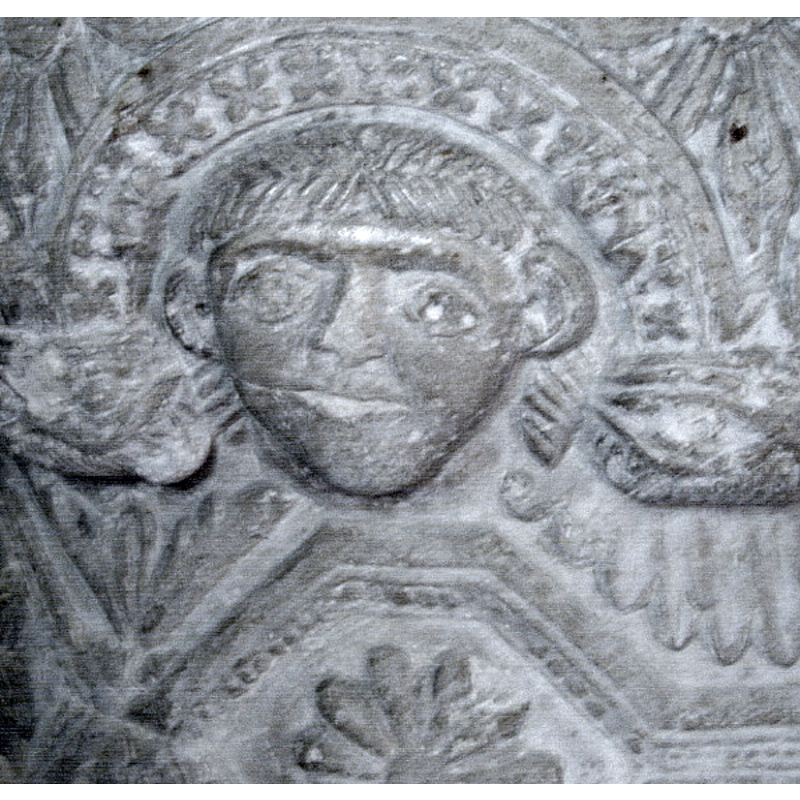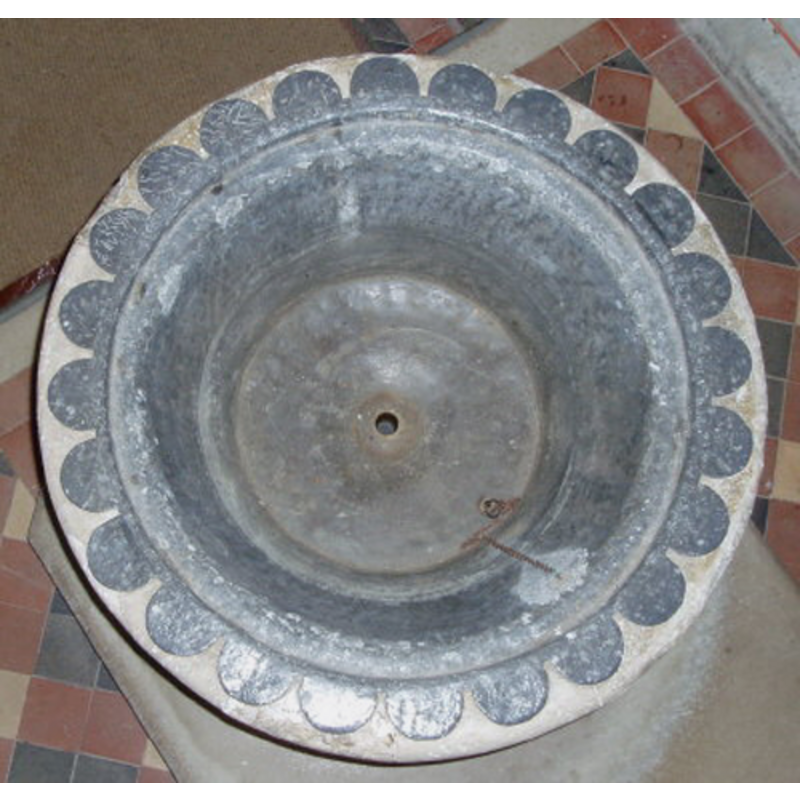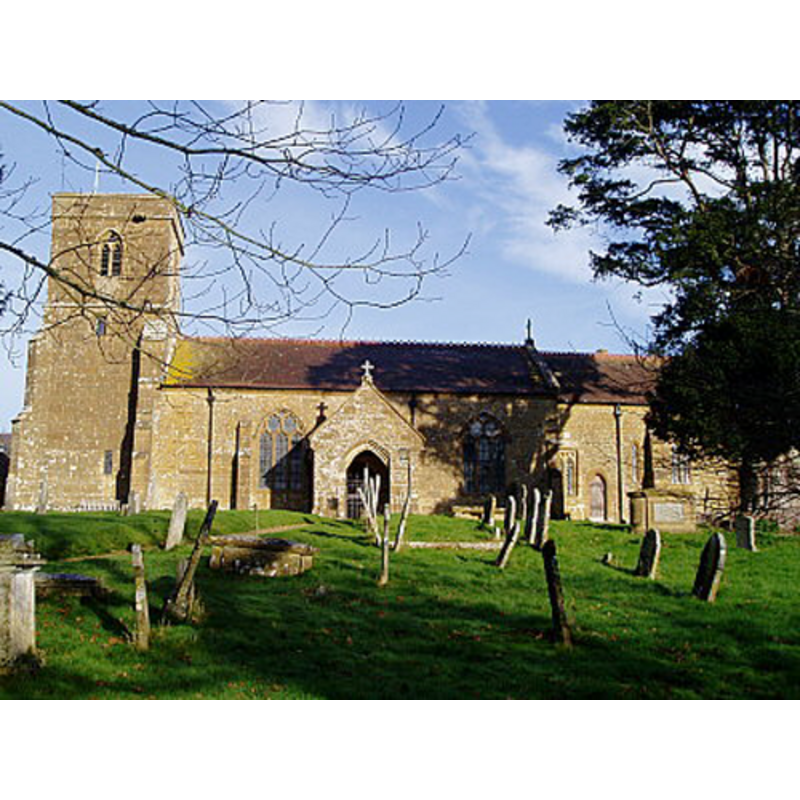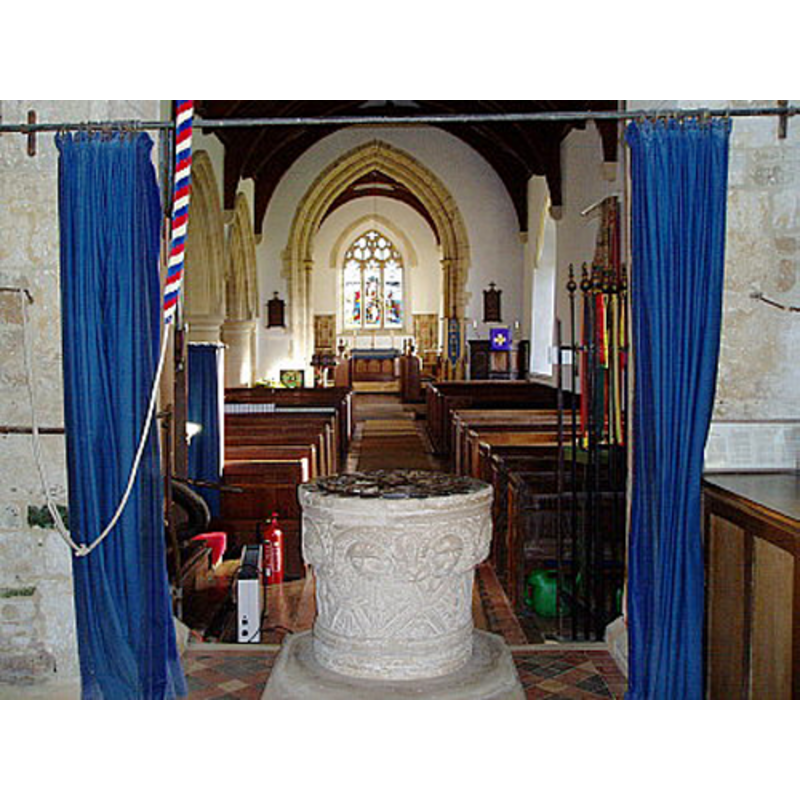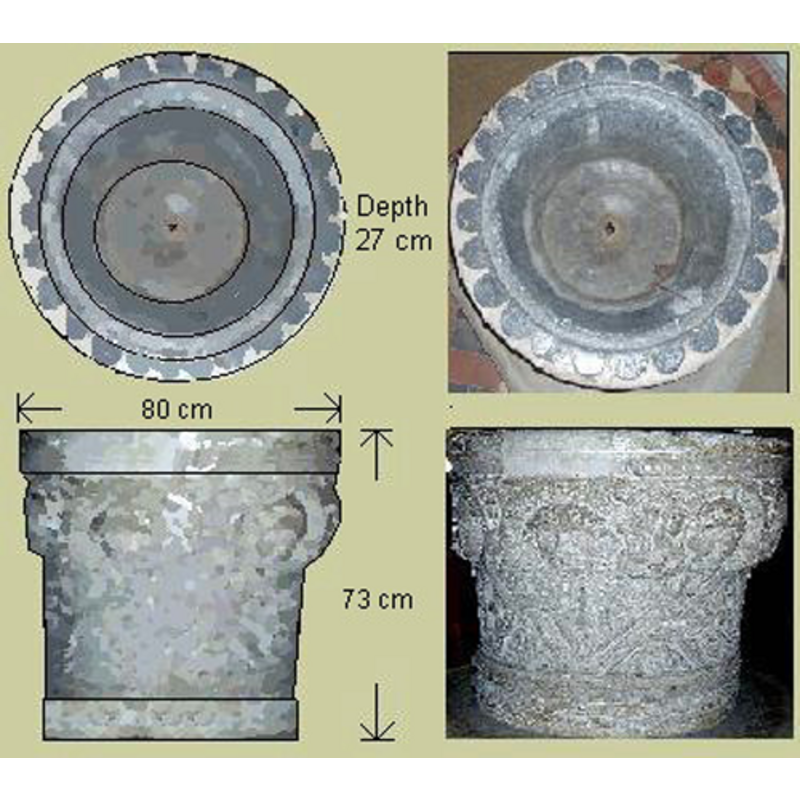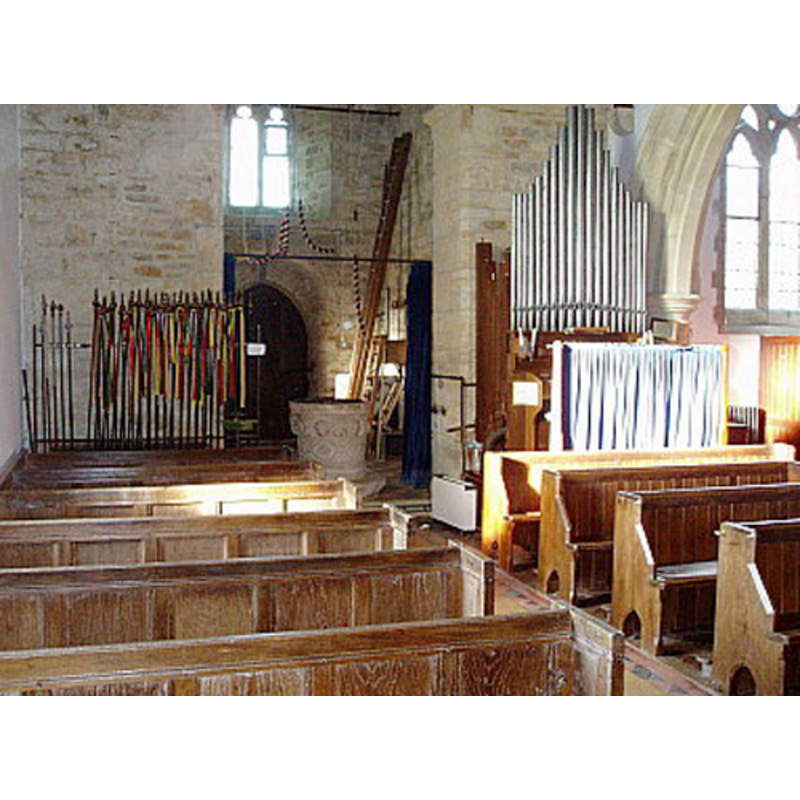Stoke Abbott / Abbot's Stoke / Stoke Abbas / Stoke Abbot

Image copyright © Gerald Duke, 2004
Standing permission
Results: 24 records
animal - fabulous animal or monster - dragon
design element - architectural - arcade - round arches - decorated arches
design element - motifs - floral
design element - motifs - hexagon - beaded-tape
design element - motifs - moulding
human figure - male - head - 8
symbol - sun, star or flower
view of basin - detail
view of basin - detail - animal?
view of basin - detail - head, face or mask1
view of basin - detail - head, face or mask2
view of basin - detail - head, face or mask3
view of basin - detail - head, face or mask4
view of basin - detail - head, face or mask5
view of basin - detail - head, face or mask6
view of basin - detail - head, face or mask7
view of basin - detail - head, face or mask8
view of basin - interior
view of church exterior - south view
view of church exterior - southeast view
view of church interior - looking east
view of font - east side
view of font - plan, elevation, section and sketch
INFORMATION
FontID: 02186STO
Object Type: Baptismal Font1
Church/Chapel: Parish Church of St. Mary the Virgin
Church Patron Saints: St. Mary the Virgin
Church Location: Stoke Abbot, Beaminster DT8 3JT, UK -- +44 308 862320 / +44 308 862150
Country Name: England
Location: Dorset, South West
Directions to Site: Located off the B3162, 3-4 km W of Beaminster, 8-10 km N of Bridport
Historical Region: Hundred of Beaminster
Font Location in Church: Inside the church, in the W end, beneath the tower
Century and Period: 11th - 12th century / 15th - 16th century, Norman
Cognate Fonts: Similar framed-head motifs on the Spanish fonts of Aoiz (Navarra) and the cathedral of Calahorra (Logroño province, La Rioja)
Credit and Acknowledgements: We are grateful to Colin S. Drake, to Geral Duke, of www.martinstown.co.uk, and to The Dorset Historic Churches Trust [www.dorsethistoricchurchestrust.co.uk], for their photographs of this font and church.
Font Notes:
Click to view
There is an entry for Stoke [Abbott] [variant spelling] in the Domesday survey [https://opendomesday.org/place/ST4500/stoke-abbott/] [accessed 2 August 2019] but it mentions neither cleric nor church in it. A font here is described in the 3rd ed. of Hutchins (1973 c1861-1874): "The font is a remarkably handsome Norman structure, of circular form, and richly ornamented with the shallow superficial carving characteristic of the period." Noted as "a rich Norman font" in the Handbook for travellers… (1869). Long (1923) notes: "fine tub-shaped font with shallow carving" and dates it to the Norman period. In Mee (1939) and in the RCHM (1952). Newman & Pevsner (1972) write: "An exceptionally beautiful Norman piece, not arbitrary and confused as they so often are, but rationally organized. Bowl and stem in one. Heads under arches, and hexagons with big leaves inside below." The Dorset Historic Churches Trust [http://dorsethistoricchurchestrust.co.uk/stoke_abbott.htm] illustrates the font and notes: "The very important and exceptionally beautiful Norman font features eight heads; four of women and four of men. They may represent Noah and his three sons with their wives." Described and illustrated in Drake's book on Romanesque fonts (2002): "A very unsusual monolithic, slightly flaring, cylinder font. At the top is a plain section formed of two roll-mouldings and the integral plinth is formed of multiple mouldings, also plain. Between the two the ornament is unusual for being in two distinct planes. The wider part at the top gives the effect of a row of canopies, created by a Lombard frieze of eight arches decorated with tiny quatrefoils; there are leaf motifs in the spandrels, bearded lions' masks for capitals and in each arch is a human face. In the narrower section below is a continuous band of beaded hexagons which are not quite joined at the lateral angles but are connected to those on either side by double horizontal lines; the hexagons are placed beneath the arches and the linking horizontals beneath the capitals. Every hexagon but one contains a twelve-petal rosette and below the horizontal links are seven-leaf fans. In the case of the hexagon without a rosette, the upper outline is missing and the space is filled by the spreading of the beard of the mask above." In the footnote accompanying Drake's text (ibid.) the author mentions the uniqueness of this design, with the only references cited are the Spanish fonts at Colmenares and Calahorra de Boedo [cf. Index entries]. The use of protruding heads on the side of the basin with demi-arch frames on top occurs in two other Spanish fonts, but of a much later date, the Navarrese font of Aoiz and a similar one in the cathedral of Calahorra in La Rioja [*NOT* Calahorra de Boedo] [both catalogued and illustrated in this Index]. The font is described and fully illustrated in Gerald Duke [www.martinstown.co.uk], who asks some intersting questions about the "various possibilities [that] may explain the eight faces, but what of the eight grotesques?", and suggests one possibility as a reference to the Eight Beatitudes of Christ from the Sermon on the Mount (Matthew 5,3), and/or references to St. Adhelm's translation of the Psalms.
COORDINATES
Church Latitude & Longitude Decimal: 50.8026, -2.7764
Church Latitude & Longitude DMS: 50° 48′ 9.36″ N, 2° 46′ 35.04″ W
UTM: 30U 515756 5627897
MEDIUM AND MEASUREMENTS
Material: stone, limestone
Number of Pieces: one
Font Shape: cylindrical (unmounted)
Basin Interior Shape: round
Basin Exterior Shape: round
Drainage Notes: lead lining
Rim Thickness: 12 cm*
Diameter (inside rim): 56 cm*
Diameter (includes rim): 80 cm*
Basin Depth: 27 cm*
Font Height (less Plinth): 73 cm*
Notes on Measurements: * [all measurements courtesy of Gerald Duke [www.martinstown.co.uk]]
LID INFORMATION
Material: wood
Apparatus: no
Notes: flat, with metal decoration ond handle; probably modern
REFERENCES
Drake, Colin Stuart, The Romanesque Fonts of Northern Europe and Scandinavia, Woodbridge, Suffolk: Boydell Press, 2002
Great Britain. Royal Commission on Historical Monuments, Royal Commission on Historical Monuments in the County of Dorset, London: H.M. Stationary Office, 1970
Hutchins, John, The History and Antiquities of the County of Dorset, Wakefield: E.P. Pub. Ltd., 1973
Long, E.T., "Dorset church fonts", 44, Proceedings of the Dorset Natural History and Antiquarian Field Club, 1923, pp. 62-76; p. 68, 75
Mee, Arthur, The King's England. Dorset: Thomas Hardy's Country, London: Hodder & Stoughton, 1939
Murray, John, A handbook for travellers in Wiltshire, Dorsetshire, and Somersetshire, London: John Murray, 1869
Pevsner, Nikolaus, Dorset, Harmondsworth: Penguin, 1972
